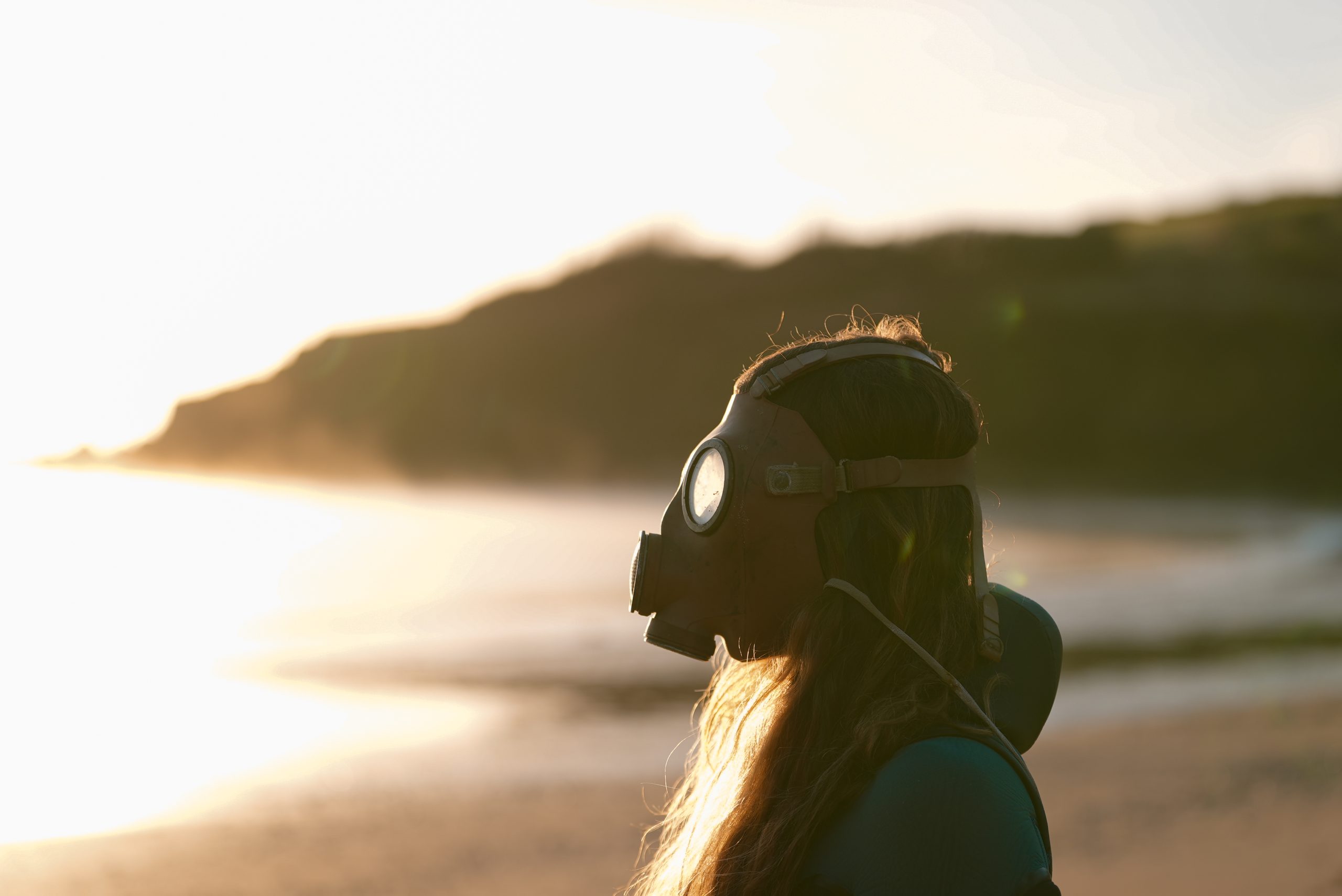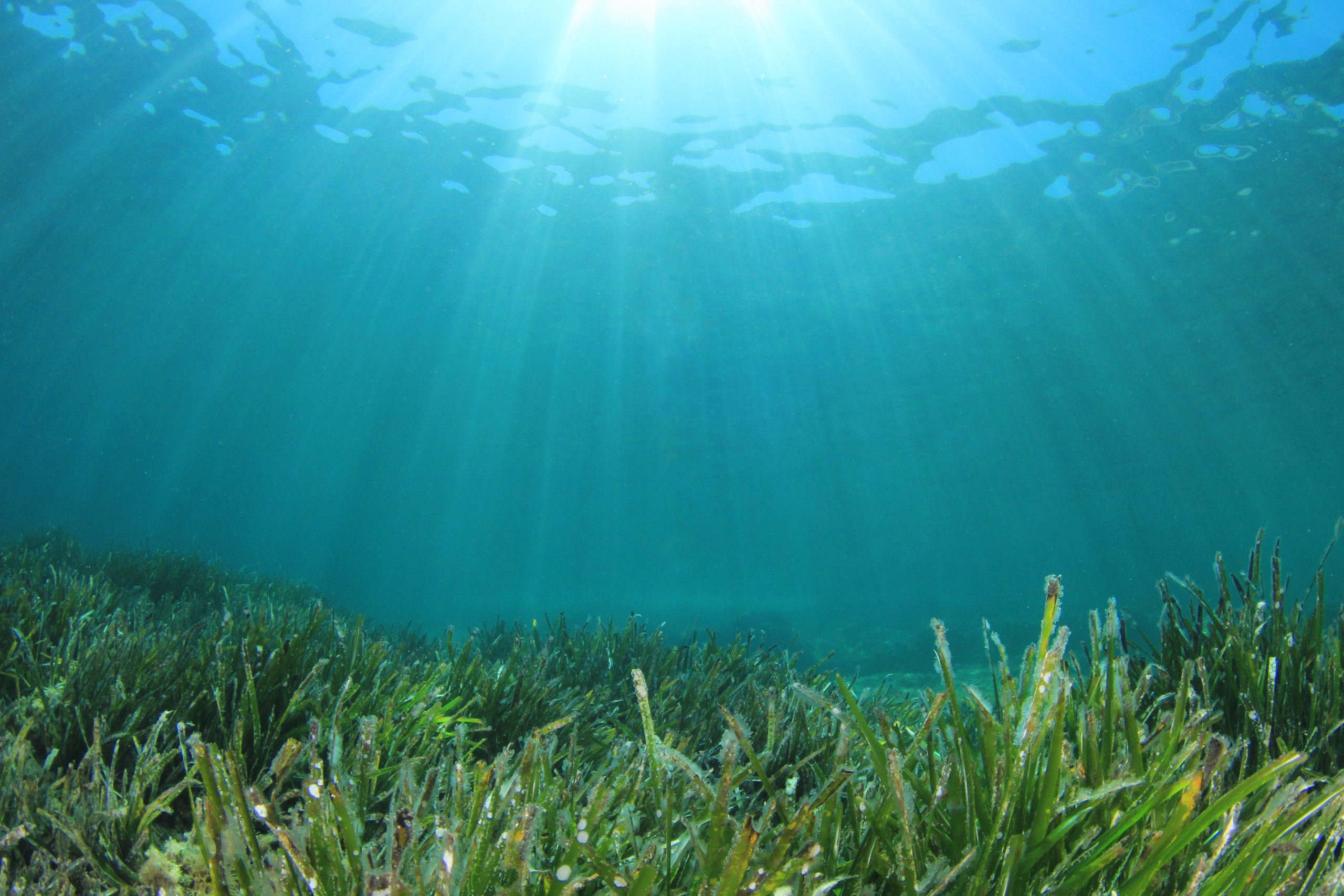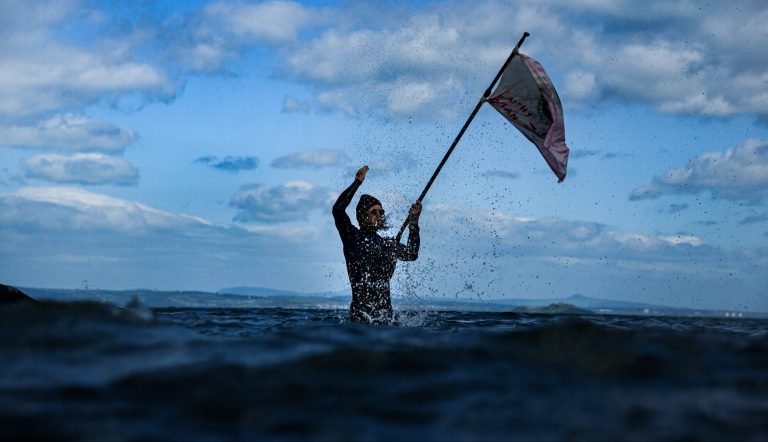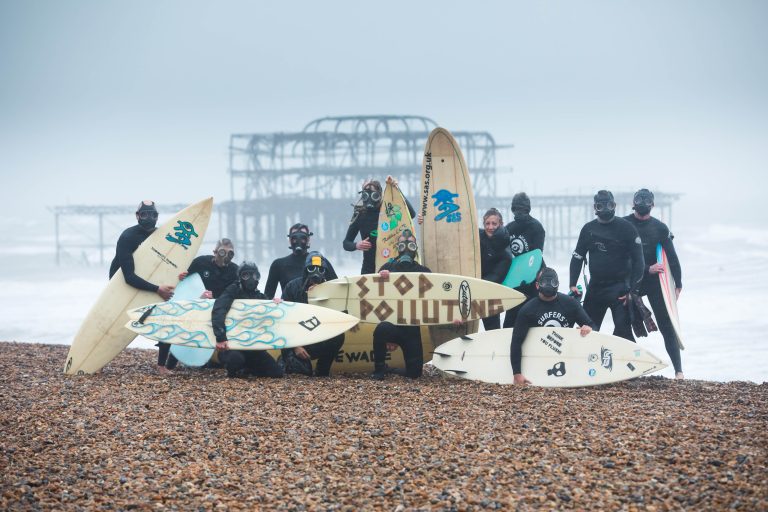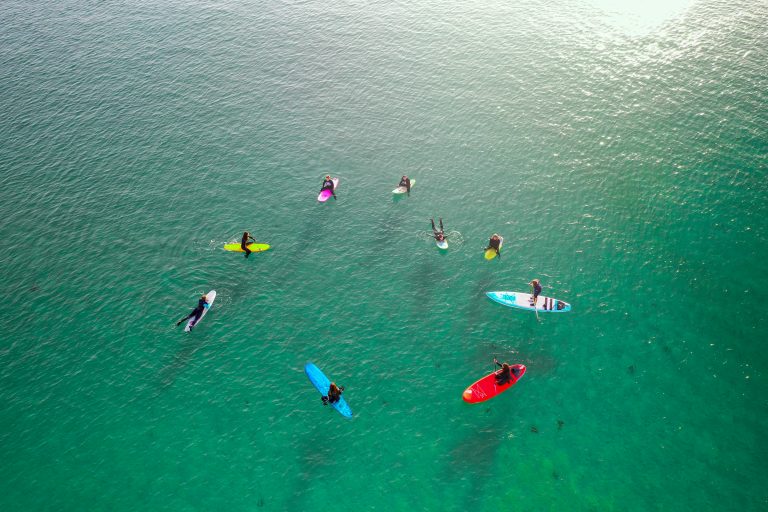Overflowing sewage. Pollution. Poor water quality.
Download our Safer Seas & Rivers Service app to check the coast is clear before taking the plunge.
An ocean dip with a side of dysentery? No thanks. Our award-winning, free to download app is the only national Water Quality service keeping you in the loop with what’s happening where in our waters.
When it comes to living in the UK, shit happens. And far too much of it in our waterscapes. Untreated sewage and wastewater regularly gush from thousands of sewer overflows around the country. It stinks.
Add to that the impact of severe rainfall – which churns all manner of unknown pollutants into the ocean from farming, septic tanks, roads and urban areas – and it’s not a pretty picture.
That’s why we’ve made it easy to check in, search out a swim, surf or sail spot, and be served the latest pollution forecast compiled from the Environment Agency, NRW and SEPA for 200 locations across the UK.
There’s more?
From when to catch your waves, to where to park your windbreak, beyond water health, the Safer Seas & Rivers Service can keep you updated on…
- Real-time surf conditions
- Wind direction
- Tide times
- Beach activities
- Beach facilities
- Lifeguard services
We’ve also recently updated the app with more features, so you can…
- Check your rivers and streams: we’ve cast our nets wider, updating our app to cover some key rivers and streams across England, Scotland and Wales to include: Ilkley on the River Wharfe, Warleigh Weir on the River Avon, the Dee River in Wales, Seatown, Swanage Ulwell, Charmouth West, Eypemouth and Bowleaze Cove streams. More are being added all the time.
- Pipe up to your MP: because action is in our DNA, we’ve developed an in-app tool to easily alert your MP to pollution in your area. You can also send your thoughts and views directly to the big cheese at your local water company. So don’t hold back…
- Report an illness: if time in the sea’s got you feeling unwell, we’re all ears. Submitting a health report helps us fight against the dirty deeds in the water industry, gives us evidence for the impact of sewage on health, and allows us to take our case to the Government and inspire action.


